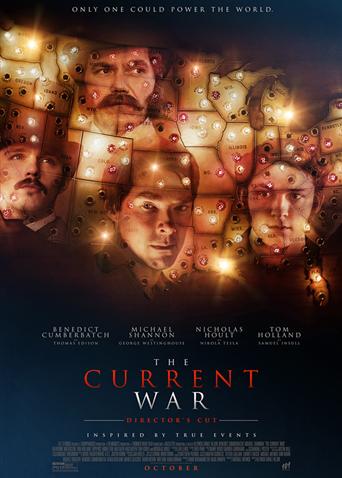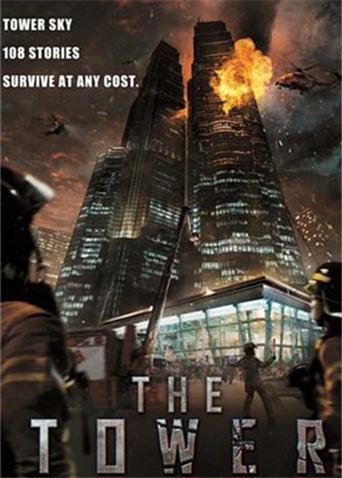出品单位:北京金强盛世 文化传播有限公司摄制单位:北京金强盛世 文化传播有限公司、日韩北 京世通佳讯文化有限公 司许可证号影映故字〔2006] 第0 11号声音制式单声道 幅别遮幅 片长5(本)2462米编剧曲剑峰贾东岩导演刘强制片卢宝山主要演员马维福潘乐乐主要内容 悦悦和养父李青山清贫而快 乐地生活在一个安静的小村庄里。 一天,日韩生活富裕的生母杨秀英来接 悦悦进城。面对养父和生母,悦悦 决定留在养父身边。 小寡妇王秀芝是李青山的恋 人,李青山也很疼爱她的儿子八 宝。王秀芝打算带八宝嫁入李青山 家,婚后再生个孩子.让悦...


